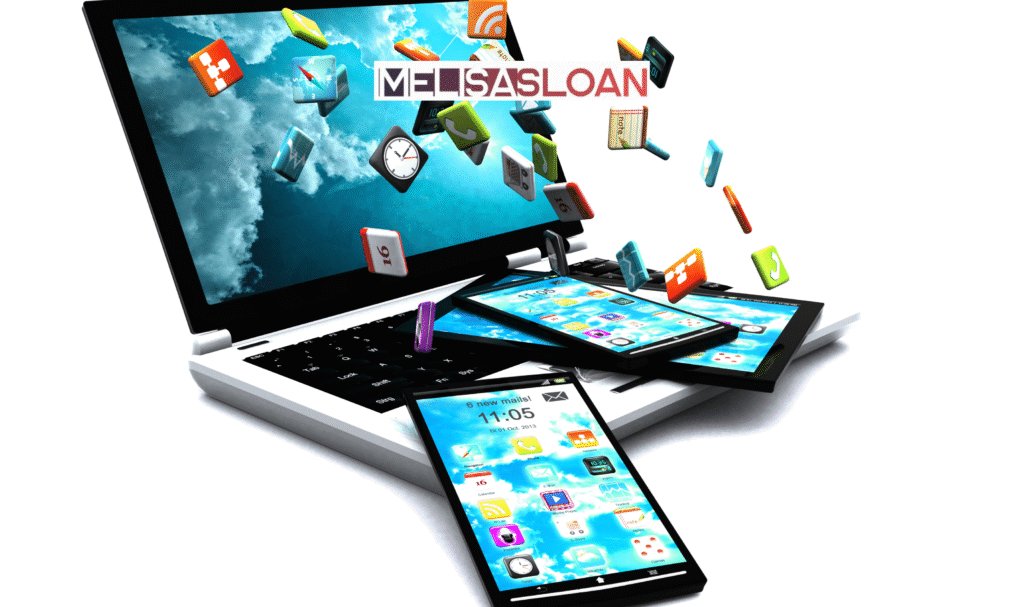In a rapidly evolving digital ecosystem, new platforms and technologies continue to reshape how we interact with the world. One emerging name gaining attention in tech and innovation circles is iofbodies.com. While still relatively obscure, discussions around iofbodies.com applications hint at the platform’s growing relevance in domains like health tech, virtual simulation, and digital identity.
In this blog post, we’ll dive into what iofbodies.com could represent, explore possible applications based on trending industry developments, and look at how such innovations might shape the future.
🚀 What Is iofbodies.com?
While concrete public information on iofbodies.com is currently limited, the term itself suggests a blend of the “Internet of Bodies” (IoB) concept and web-based application deployment. The Internet of Bodies refers to a network of connected devices integrated with the human body—think wearable health trackers, smart prosthetics, and biometric implants.
iofbodies.com applications might thus refer to a web-based hub or service framework that supports the development, testing, or deployment of such body-integrated technologies. Whether hypothetical or under early-stage development, it’s a fascinating area rich with potential.
Read Also: hdhub4u.kids: A Closer Look at the Popular Movie Download Platform
🔍 Understanding the Internet of Bodies (IoB)

To grasp the potential scope of iofbodies.com applications, it’s important to understand the broader Internet of Bodies movement. The IoB is the natural evolution of the Internet of Things (IoT), connecting physical devices not just around us—but within us.
Examples of IoB devices include:
- Fitness trackers (like Fitbit or Apple Watch)
- Smart pacemakers and insulin pumps
- Wearable ECG monitors
- RFID implants
- Brain-computer interfaces (BCIs)
The integration of such devices with online networks enables real-time data collection and improved healthcare outcomes, but it also raises questions around privacy, ethics, and regulation.
Read Also: Entertainment Center 4 Piece: The Ultimate Setup for Stylish Media Storage
💡 Potential iofbodies.com Applications
If we assume that iofbodies.com applications aim to be a digital interface or development environment within the IoB ecosystem, here are several plausible use cases:
1. Health Data Dashboards for Patients and Doctors
A platform like iofbodies.com could provide real-time dashboards that collect and visualize data from various IoB devices. These applications might enable:
- Continuous health monitoring
- Early detection of anomalies
- Personalized treatment recommendations
Such a system could integrate with hospital networks or telemedicine providers to streamline diagnoses and follow-ups.
2. Virtual Testing Environments for Medical Devices
Before real-world deployment, medical IoB devices must be rigorously tested. iofbodies.com could serve as a cloud-based simulation platform where developers test algorithms for:
- Device connectivity
- Data accuracy and integrity
- Emergency response protocols
This would be particularly valuable for startups and research labs.
3. AI-Powered Body Analytics
One exciting avenue for iofbodies.com applications is AI-enhanced data processing. With machine learning, such applications could detect hidden patterns in physiological data, anticipate health events like seizures or cardiac arrest, and even offer mental wellness feedback based on biometrics.
4. Digital Identity & Bio-Authentication
Beyond health, iofbodies.com applications could explore secure digital identity systems. Using biometrics or implanted RFID chips, users might gain access to:
- Smart homes
- Workplaces
- Transportation systems
Such systems could reduce reliance on passwords or physical keys, enhancing security.
5. Immersive Virtual Reality (VR) Integration
IoB devices, when connected to a system like iofbodies.com, could make VR more immersive. Sensors embedded in the body could help create realistic feedback loops, improving training for military, healthcare, or sports applications.
Read Also: Discontinued Ashley Furniture Entertainment Centers: A Comprehensive Guide
⚖️ Privacy and Ethical Considerations

As with any technology interfacing directly with the human body, privacy and data security are paramount. If iofbodies.com applications are to gain public trust, they must address:
- Data encryption
- User consent protocols
- Transparent data usage policies
- Regulatory compliance (HIPAA, GDPR, etc.)
There’s a fine line between beneficial monitoring and invasive surveillance. Ensuring user autonomy will be essential.
🔄 Future of iofbodies.com Applications
Assuming that the site evolves into a major player in the Internet of Bodies space, we could expect it to mirror the functionality of modern platforms like:
- Apple HealthKit for data aggregation
- Open mHealth for device interoperability
- NIH data hubs for research collaborations
Its success will likely hinge on cross-platform compatibility, open APIs, and an active developer community pushing boundaries in both tech and healthcare.
Read Also: Crypto30x.com Gigachad: The Meme-Inspired Crypto Revolution
🧰 Tools and Technologies That Could Power iofbodies.com

For developers and tech enthusiasts, here are some stacks and frameworks that could potentially power or integrate with iofbodies.com applications:
- IoT Protocols: MQTT, CoAP
- Cloud Platforms: AWS IoT, Google Cloud IoT
- Security: OAuth 2.0, end-to-end encryption, biometric authentication
- Languages & Frameworks: Python, Node.js, React for dashboards
- Health Data Standards: HL7, FHIR
❓ Frequently Asked Questions
Is iofbodies.com currently live?
As of now, there is no publicly available or verified website associated with iofbodies.com. It may be under development or conceptually explored in academic or startup environments.
Is the platform secure?
Security is a primary concern for any IoB-related service. Any future development at iofbodies.com should incorporate strict encryption, user permissions, and compliance with privacy laws.
Can developers contribute to iofbodies.com applications?
If the platform becomes open source or API-driven, it may welcome contributions from developers, health tech startups, or academic institutions.
🏁 Conclusion
While iofbodies.com applications remain a speculative concept for now, the potential they hint at is enormous. As the Internet of Bodies grows in complexity and impact, the need for unified platforms—whether for data visualization, testing, or AI analytics—will only increase.
If iofbodies.com evolves into a real platform, it could become a cornerstone of future digital health innovation. Until then, it remains a concept worth watching.





